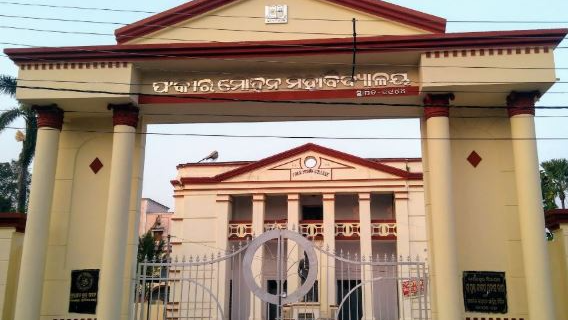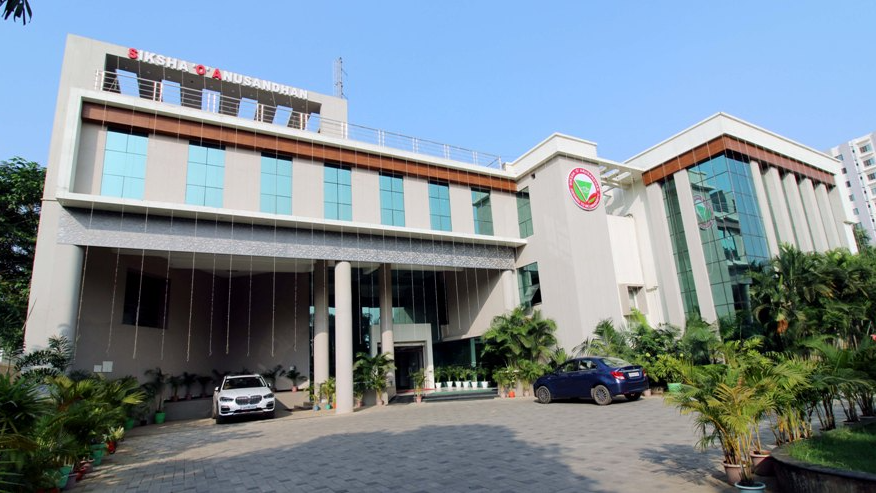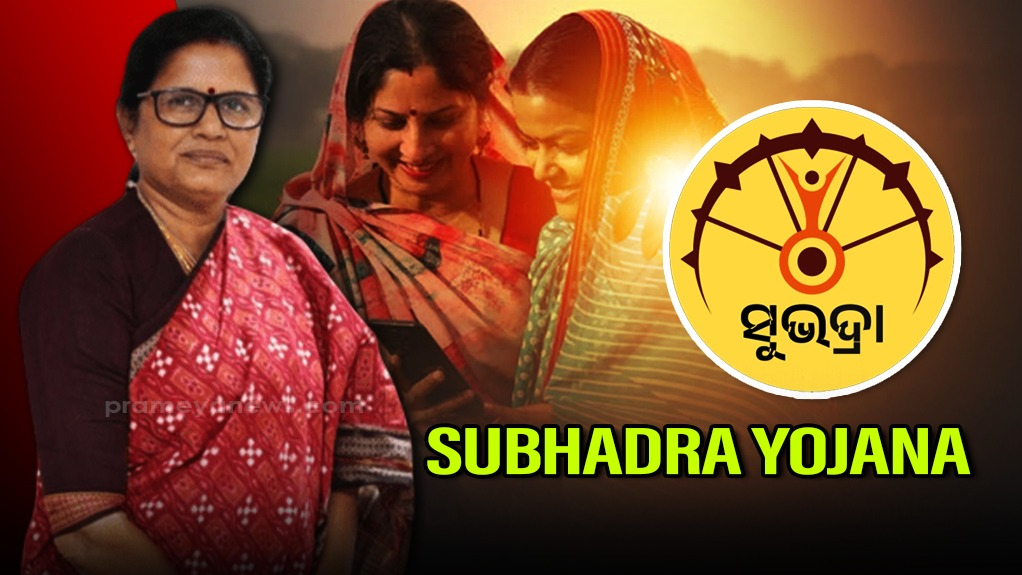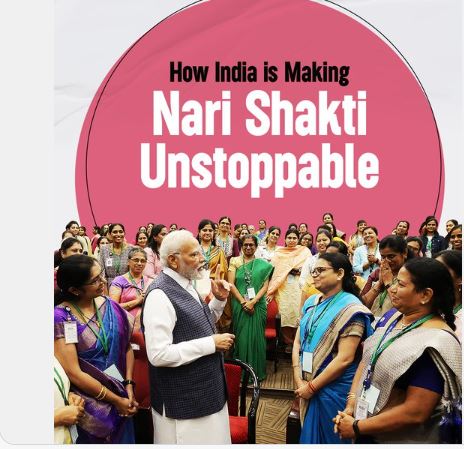Window Seat: Ram Mohan Roy@250

The nation is celebrating 250th birth anniversary of Raja Ram Mohan Roy today, 22nd May. Born on this day in 1772 in Radhanagar, Bengal into a wealthy upper class Hindu family Ram Mohan Roy learnt several languages and read different religious scriptures at a young age. A quick learner and sharp thinker he wrote a rational critique of Hindu idol worship at the age of sixteen. From 1809 to 1814, he served in the Revenue Department of the East India Company also worked as a personal Diwan to Woodforde and Digby. During this time he was exposed to western liberal philosophy. 1814, the year in which he formed AtmiyaSabhawas a turning point in his life as from this year onwards he devoted his life to religious, social and political reforms. He conceived several reformist religious associations as instruments of social and political transformation, the most well-known of these was the BrahmoSabha or BrahmoSamaj in 1828. By 1816 he started a campaign for abolition of Sati, the heinous ritual of burring the bride at the same pyre of her husband. It was primarily because of his campaign it was banned in 1829 by Lord William Bentick despite vociferous opposition. He started establishing schools and colleges for modern education. He campaigned for education for girls. He started newspapers to create public awareness on these issues. He published the SambadKaumudi, a Bengali weekly in 1821 and Mirat-ulAkhbar, a Persian weekly newspaper next year. He fought for press freedom and closed down Mirat-ul-Akhbar within a year of its publication to protest against restrictions on the press. {"align":"center","id":185741,"sizeSlug":"full","linkDestination":"none"} He went to England in 1830 and died at Bristolof meningitis on September 27, 1833. As Encyclopedia Britannica writes: Roy’s importance in modern Indian history rests partly upon the broad scope of his social vision and the striking modernity of his thought. He was a tireless social reformer, yet he also revived interest in the ethical principles of the Vedanta school as a counterpoise to the Western assault on Indian culture. In his textbooks and treatises he contributed to the popularization of the Bengali language, while at the same time he was the first Indian to apply to the Indian environment the fundamental social and political ideas of the French and American revolutions. He is often called the harbinger of renaissance in India. Renaissance in India Renaissance refers to the revival of classics; however, in the Indian context, it is more than just a revival in the strictest sense. It was in many senses a fresh start. The arrival of the English ignited the Indian renaissance. Indians were suddenly exposed to scientific ideas, new discoveries, and freethinking. However, there was also a reinvention of The Vedas, Upanishads, Sutras, epics, and other scriptures that housed an Indian treasure trove of scholarship. An inquiry into the past and an assessment of the strength of tradition to overcome contemporary problems was a defining feature of the movement.For example, Ram Mohan Roy's use of Hindu scriptures in his Sati debate with his opponents, or Ishwar Chandra Vidyasagar's widow remarriage campaign, or Narayana Guru's advocacy of universalism. These social, cultural and religious movements that preceded the political struggles, are regarded as a necessary precursor to the arrival of nationalism.As a result, nationalism is viewed as a natural result of a renaissance. Rhododendron Rhododendron is the national flower of Nepal. I did not know that. On our recent foray into Nepal from Darjiling, the young man who drove us around plucked a bunch from a road side tree and gave it to Anita, my wife. She was mighty happy to get that, tucked the bunch into her hair. We took photographs. But the flowers did not survive all the adulation. It wilted much before we thought it would. Lesson learnt: flowers are much better at their place. {"align":"center","id":185744,"sizeSlug":"full","linkDestination":"none"} Rhododendron comes in different colors. In fact there are more than 30 species of Rhododendron in Nepal, with dozens of varieties in all sizes and colors. The dark red ones are called “LaliGurans” in Nepali. In Hindi it is called Buransh, and it is available in abundance in Himachal Pradesh and Uttarakhand. A Himachali friend of mine said: Bro, you can try Rhodo squash, it’s good. Tailpiece: History and Current Affairs Earlier Mughals were history and GDP growth was current affairs. Now GDP growth has become History and Mughals have become current affairs! (Courtesy: Social Media) About the Author: Journalist turned media academician Mrinal Chatterjee lives in Dhenkanal, Odisha. He also writes fiction and plays. He can be reached at [email protected] DISCLAIMER This is the personal opinion of the author. The views expressed in this write up have nothing to do with those of prameyanews.com
Latest News

Odisha govt launches high-level investigation...

Odisha: Bala Vikasa & Amazon provide essential...

Iga Swiatek Blanks Opponent 6-0, 6-0 to Win Ma...

Mexico's Plan to Cut U.S. Milk Powder Imports...

Odisha: Over 40 Ravenshaw University students...

Odisha: Web journalist brutally hacked to deat...

Rahul's Century Anchors India as Lord's Test H...
Copyright © 2024 - Summa Real Media Private Limited. All Rights Reserved.
























